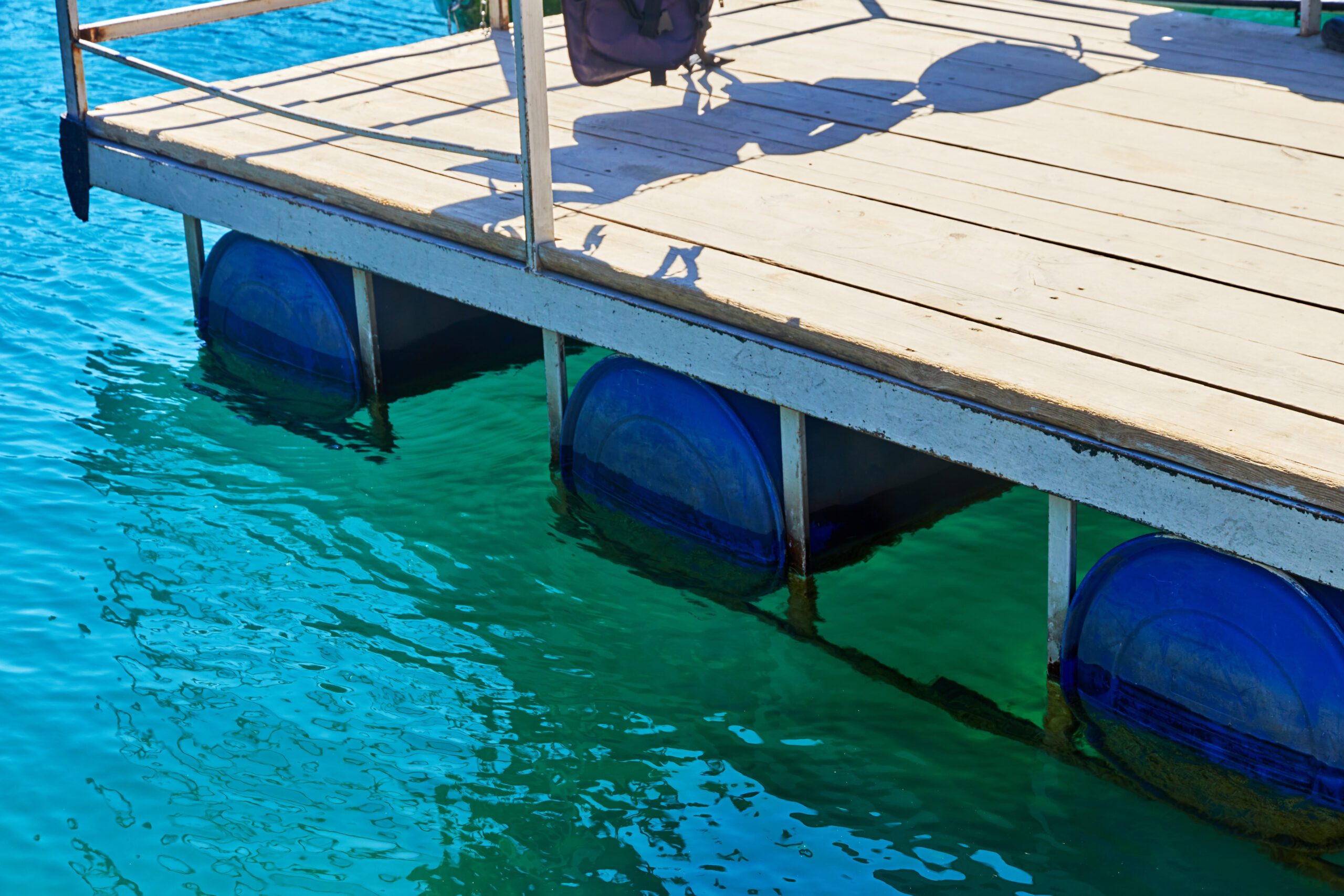Boat docks are essential structures that provide convenient access to watercraft, but their longevity and functionality depend on quality materials and design. One of the most crucial components in the construction and maintenance of boat docks is the use of dock float drums. These innovative devices play a pivotal role in enhancing the reliability and resilience of a dock, ensuring it remains functional even under challenging conditions.
In this article, we’ll explore how dock float drums contribute to the durability of boat docks and why they should be a key consideration for anyone involved in docking and mooring activities.
Understanding Dock Float Drums
Dock float drums are specially designed buoyant devices used in the construction of floating docks. They are typically made from durable materials such as high-density polyethylene (HDPE) and are engineered to withstand harsh environmental conditions, including exposure to water, UV rays, and temperature fluctuations. The primary function of these float drums is to provide buoyancy to the dock, allowing it to float on the water’s surface and remain stable regardless of water levels.
Dock float drums are available in various sizes and configurations, allowing dock builders and boat owners to select the ideal type based on the size and weight of their dock. They can be strategically placed under the dock platform, distributing the weight evenly to prevent sinking or tilting.
Enhancing the Reliability of Your Dock
Reliability is one of the most important attributes when it comes to boat docks. A reliable dock provides consistent access to your boat, regardless of water conditions. By incorporating dock float drums into the design, boat owners can ensure that their docks remain afloat and stable even when water levels fluctuate due to tides, rainfall, or seasonal changes.
Float drums are capable of adjusting to different water conditions by allowing the dock to rise or fall in response to changing water levels. This adaptability is particularly important for areas with unpredictable water depths, such as those affected by tidal changes or storm surges. Without the proper buoyancy support provided by dock float drums, a boat dock could sink or become unstable, making it difficult or unsafe to access boats.
Increasing the Resilience of the Dock
The resilience of a boat dock refers to its ability to withstand external forces such as storms, rough water, or heavy use. Dock float drums contribute significantly to a dock’s resilience by offering superior strength and stability. The materials used in modern float drums are designed to endure challenging environmental conditions, including saltwater exposure, UV degradation, and temperature extremes.
In addition, dock float drums are engineered to be puncture-resistant, ensuring they retain their buoyant properties even if they are subjected to rough handling. This means that your dock will remain operational for an extended period, even when exposed to harsh weather or minor damage.
Moreover, since float drums are often designed with a sealed, air-filled chamber, they have the ability to absorb shock and dissipate the force of waves, preventing the dock from experiencing structural damage. This makes them an essential component for maintaining the integrity of your dock, especially in areas prone to high winds and frequent storms.
Reducing Maintenance and Repair Costs
Dock float drums also help reduce maintenance and repair costs, making them a smart investment for long-term dock management. Since float drums are resistant to corrosion and damage from harsh environmental factors, they typically require minimal maintenance over time. Their durability means fewer repairs, saving boat owners both time and money.
Additionally, the enhanced stability provided by the float drums minimizes the wear and tear on the dock structure. Without adequate support, docks can experience significant stress from shifting water levels and constant movement. Dock float drums, by providing steady and reliable buoyancy, help to distribute the weight evenly, reducing the risk of structural failure and the need for frequent repairs.
Conclusion
Incorporating dock float drums into your boat dock design offers several key advantages, from improving reliability and resilience to reducing maintenance costs. By providing buoyancy and stability, these devices ensure that your dock remains functional and safe under a variety of water conditions. Whether you are building a new dock or upgrading an existing one, dock float drums are an investment that will enhance the longevity and performance of your dock. Their ability to withstand environmental challenges and provide consistent support makes them an essential component for anyone seeking a durable, reliable, and resilient dock system.

